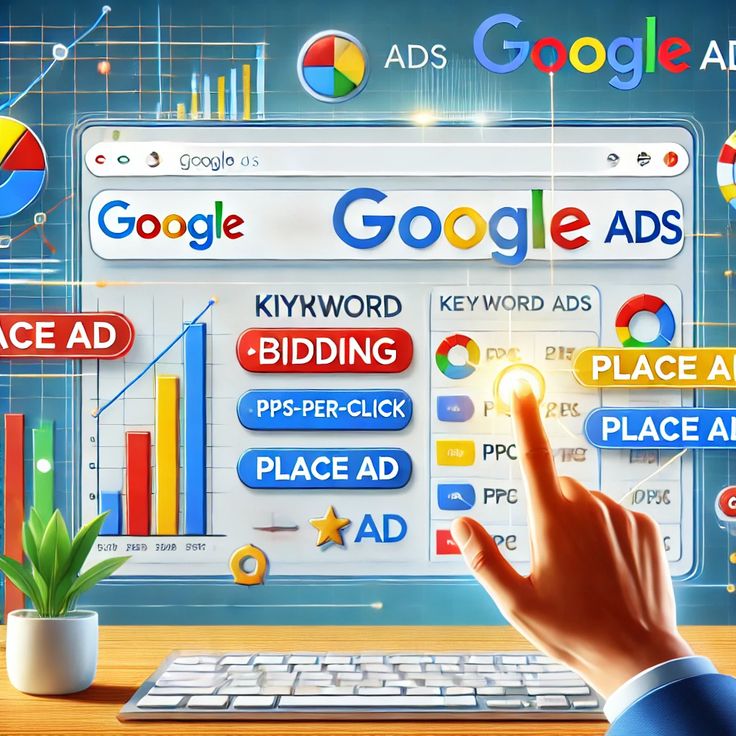1. SEO, Blogs, Feeds
- Blogs are often used to generate fresh, keyword-rich content, which search engines love.
- Feeds (like RSS) can help distribute content and encourage backlinking, boosting SEO indirectly.
Tips:
- Keep blog content high quality, relevant, and regularly updated.
- Use proper tags, categories, and internal linking.
- Submit RSS feeds to feed directories for more reach.
2. SEO, Cloaking
- Cloaking is a black-hat SEO technique where content shown to search engines is different from what users see.
Risk:
- This violates search engine guidelines (especially Google’s).
- Can lead to penalties or de-indexing.
3. SEO, Doorway Pages
- Doorway Pages are low-quality pages stuffed with keywords, created solely to rank and funnel users to a different page.
Warning:
- Another black-hat technique that Google penalizes.
- Avoid creating thin or duplicate pages targeting slight keyword variations.
4. SEO, Content and Writing
- Content is a core component of SEO.
- Quality writing helps with:
- Keyword optimization
- User engagement (lower bounce rate)
- Natural backlink acquisition
Best Practices:
- Write for users first, then optimize for search engines.
- Use headers, keywords, internal/external links, and multimedia.
- Aim for E-E-A-T (Experience, Expertise, Authoritativeness, Trustworthiness).
5. SEO, Crawling and Robots
- Crawling = How search engines explore your site.
- Robots.txt and meta robots tags control what search engines can and can’t access.
Important:
- Use
robots.txtcarefully; blocking pages can prevent indexing.- Use
noindex,nofollowtags wisely for sensitive or duplicate content.
6. SEO, Domains, URLs
- Your domain and URL structure impact how both users and search engines perceive your site.
Tips:
- Keep URLs short, descriptive, and keyword-rich.
- Use hyphens (not underscores) in URLs.
- Choose a trustworthy domain (e.g., avoid long or spammy-sounding names).
7. SEO, Duplicate Content
- Duplicate content confuses search engines and dilutes ranking power.
How to handle it:
- Use canonical tags to point to the preferred version.
- Avoid publishing the same content across multiple pages or domains.
8. SEO, Flash
- Flash-based websites are largely outdated and not SEO-friendly.
- Search engines struggle to read Flash content.
Recommendation:
- Use HTML5/CSS3 instead.
- Ensure all content is accessible to crawlers.
9. SEO, General
This could include overall SEO strategies like:
- On-page SEO (content, meta tags, headers)
- Off-page SEO (backlinks, social signals)
- Technical SEO (site speed, mobile-friendliness, structured data)
🔧 Want Help Organizing This?
Would you like me to:
- Turn this into a structured SEO guide or outline?
- Help you create content topics or a blog strategy based on these?
- Build a checklist or SEO audit template?
Let me know what you’re aiming to do with this list.
This is a crucial request. A Structured SEO Guide organizes the complex world of Search Engine Optimization into clear, actionable phases. It provides a methodical blueprint for success, ensuring you address the three foundational pillars of SEO.
Here is a comprehensive, structured guide based on a modern, holistic strategy:
🧭 The Structured SEO Guide: A 4-Phase Blueprint
Phase 1: 📊 Audit, Goals, and Foundation (The „Why“ and „Where“)
This is the initial research phase to understand your current position and define success.
Step Action Item Focus & Key Metrics 1.1 Business Alignment Define clear Key Performance Indicators (KPIs) that link SEO to business value (e.g., Organic Leads, Organic Revenue, not just Traffic). KPIs, Conversion Rate, Business Goal Setting 1.2 Comprehensive Audit Use tools (GSC, GA4, Screaming Frog) to check the health of your site. Look for crawl errors, broken links, thin content, and indexation issues. Crawl Errors (4xx/5xx), Index Coverage, Site Speed 1.3 Competitor Analysis Identify your Top 3 Organic Competitors. Analyze their keyword rankings, content gaps, and high-authority backlinks. Ranking Keywords, Topical Coverage, Domain Rating (DR) 1.4 Core Keyword Research Identify your Seed Keywords and map them to the buyer’s journey (Informational, Navigational, Transactional). Prioritize low-competition, high-intent terms. Search Volume, Keyword Difficulty, Search Intent
Phase 2: ⚙️ Technical SEO (The „Engine“ & Structure)
This ensures search engines can efficiently crawl, understand, and index your content. This is the foundation—if it’s broken, the rest won’t matter.
Step Action Item Focus & Key Metrics 2.1 Crawlability & Indexation Optimize robots.txtto block low-value pages (e.g., admin pages, internal search results). Submit a clean XML Sitemap to Google Search Console (GSC).GSC Index Coverage Report, Sitemap Status 2.2 Site Speed & Performance Optimize for Core Web Vitals (LCP, INP, CLS) by compressing images, minifying CSS/JavaScript, and leveraging browser caching or a CDN. Largest Contentful Paint (LCP), Interaction to Next Paint (INP) 2.3 Site Architecture Establish a clear, logical site hierarchy (e.g., Pillar -> Cluster -> Sub-Topic). Ensure no critical page is more than 3 clicks from the homepage („Shallow Depth“). Crawl Depth, Internal Link Equity Flow 2.4 Structured Data Implement Schema Markup (JSON-LD) for critical content types (e.g., Product,FAQPage,HowTo,LocalBusiness) to gain Rich Results.Rich Result Visibility, Schema Validation 2.5 Mobile-First Ensure your website is fully responsive. Since Google primarily uses the mobile version for ranking, the mobile experience must be fast and clean. Mobile Usability Report (GSC)
Phase 3: ✍️ On-Page & Content (The „Message“ & Authority)
This focuses on optimizing individual pages to be the best resource for a specific search query.
Step Action Item Focus & Key Metrics 3.1 Search Intent Matching For every target keyword, analyze the Top 10 results and create content that matches the user’s need (is it a guide, a product, a video?). Bounce Rate, Dwell Time, Click-Through Rate (CTR) 3.2 Content Structuring Use H1 for the page title and clear H2/H3 tags to break up content. Integrate target keywords naturally into the title, URL, and header tags. Content Readability Score, Keyword Density (Natural) 3.3 Meta Optimization Write compelling Title Tags (under 60 characters) and Meta Descriptions (under 160 characters) that encourage clicks. These influence CTR, not rankings directly. Organic CTR 3.4 E-E-A-T Signaling Demonstrate Experience, Expertise, Authoritativeness, and Trustworthiness. Include author bios, cite reputable sources, and link to your original research. Author Credentials, Sourcing Quality 3.5 Internal Linking Create contextual links from high-authority, relevant pages to your target pages using descriptive anchor text. This builds Topical Authority. Internal Link Count, Page Authority Distribution
Phase 4: 🔗 Off-Page SEO & Maintenance (The „Trust“ & Growth)
This involves actions taken outside your website to build reputation and maintain performance over time.
Step Action Item Focus & Key Metrics 4.1 Link Building Strategy Focus on earning high-quality, relevant Backlinks (votes of confidence). Methods include creating linkable assets (original data/guides), outreach, and fixing broken links. Referring Domains (RDs), Link Quality/Relevance 4.2 Brand Mentions & PR Monitor brand mentions and capitalize on opportunities to turn unlinked mentions into authoritative backlinks. Focus on high-DR industry publications. Unlinked Mentions, Citation Flow 4.3 Content Refresh Regularly audit existing content for performance decay. Update, merge, or delete outdated/thin content to maintain site quality and relevance. Content Decay Rate, Content Freshness Score 4.4 Measurement & Reporting Set up dashboards to track your KPIs weekly and monthly. Use data to inform the next cycle: what worked, what didn’t, and what needs fixing. Monthly Organic Traffic, Rank Position Tracking






